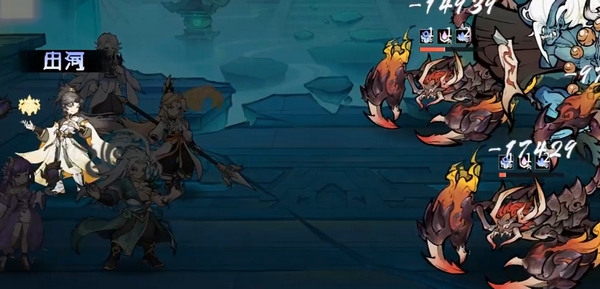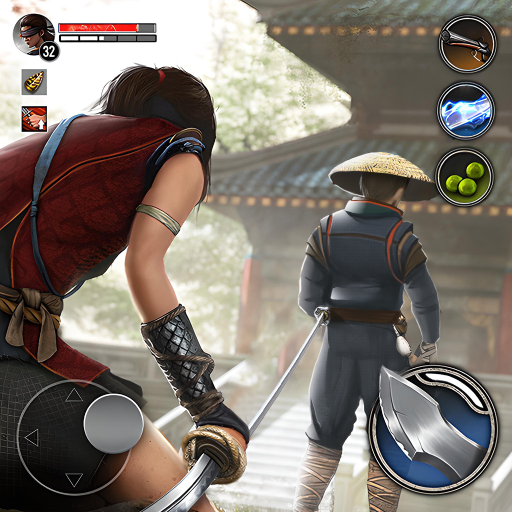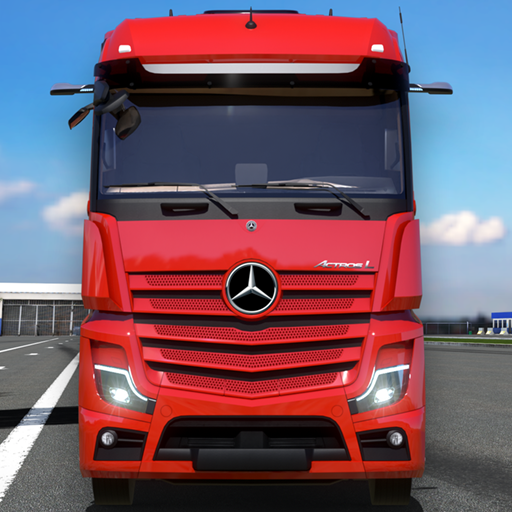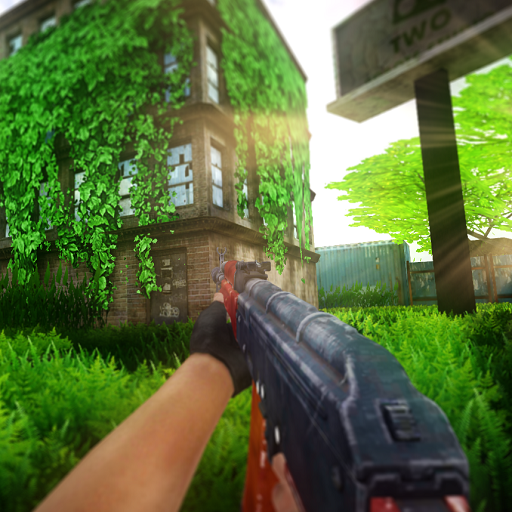Is Plants vs. Zombies 3 fun? As the third installment in this classic series, its core gameplay still follows the tower defense model. For players familiar with the previous games, the basic operations and rules should not be unfamiliar, but as a newly released title, it naturally includes many innovative elements. Whether in the plant or zombie camp, there are many new and interesting additions. To more calmly face the challenges in the game, you need to first get familiar with these new mechanics.

First, let's understand the zombies and plants in the game. There is a type of flying zombie in the game. This kind of enemy stands out in terms of strength during the challenge, posing a certain level of difficulty for players. Enemies like balloons and pigeons have the ability to fly, which means that the conventional ground-based defensive facilities' attack methods are often ineffective against them. To effectively resist such enemies, one must rely on specialized anti-aircraft facilities. After all, aerial threats cannot be underestimated, and once flying enemies are spotted, measures must be taken as soon as possible to prevent them from breaking through the defenses.
The Peashooter, as a relatively basic attacking plant in the game, fires a pea each time it attacks. Although the power of a single attack is not particularly outstanding, its consumption of sun resources is low, making its overall cost-effectiveness quite good. In the early stages of the game levels when sun resources are relatively scarce, the Peashooter can take on the main role in dealing damage, becoming a key character in the defense line, steadily guarding the territory. As the level progresses, players can use other plants with special abilities to further strengthen and enhance the overall defensive capabilities.
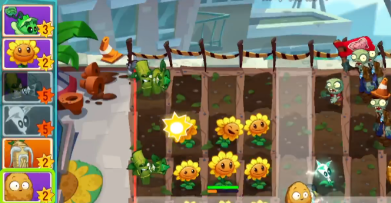
At the beginning of the game level, players can first outline an overall layout framework in their minds. Then, they should focus on improving the efficiency of sun production, as sufficient sun is the key support for subsequent defense setup. In arranging defensive facilities, both comprehensiveness and targeting should be considered; for example, plants like Wall-nuts, which can effectively block, can be reasonably placed in key positions to slow down the advance of enemies.

At the same time, it is necessary to develop a certain sense of anticipation, imagining in advance the possible routes the enemies may take and speculating about which paths they might appear from. Based on such anticipation, players should strive to establish effective defenses on every path, leaving no room for the enemies. Of course, the situation in the game changes rapidly, and players cannot rigidly adhere to the initial layout; instead, they should flexibly adjust their defense strategies according to the actual level conditions, choosing the most suitable combat method for the current battle situation.

That's all for discussing whether Plants vs. Zombies 3 is fun. When everyone has a fairly comprehensive understanding of these contents, they can combine their unique gaming ideas and defensive layouts, and in actual battles, they can more calmly handle various situations. I hope everyone can smoothly progress through each level and enjoy the fullness of the game's fun.

